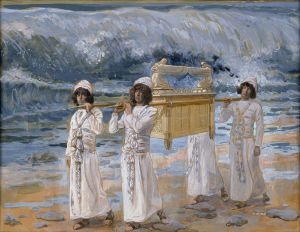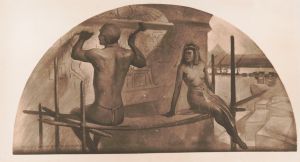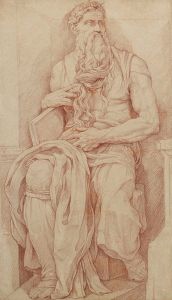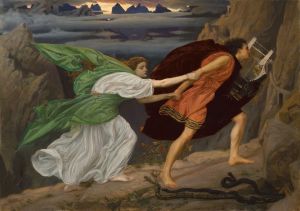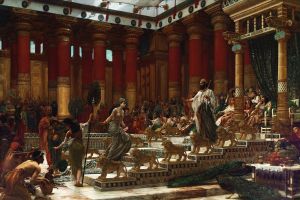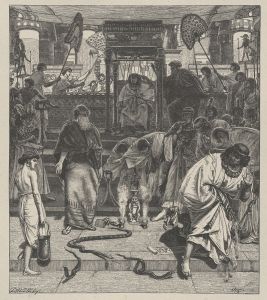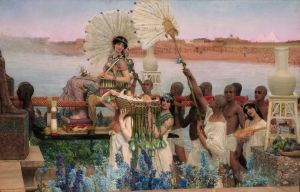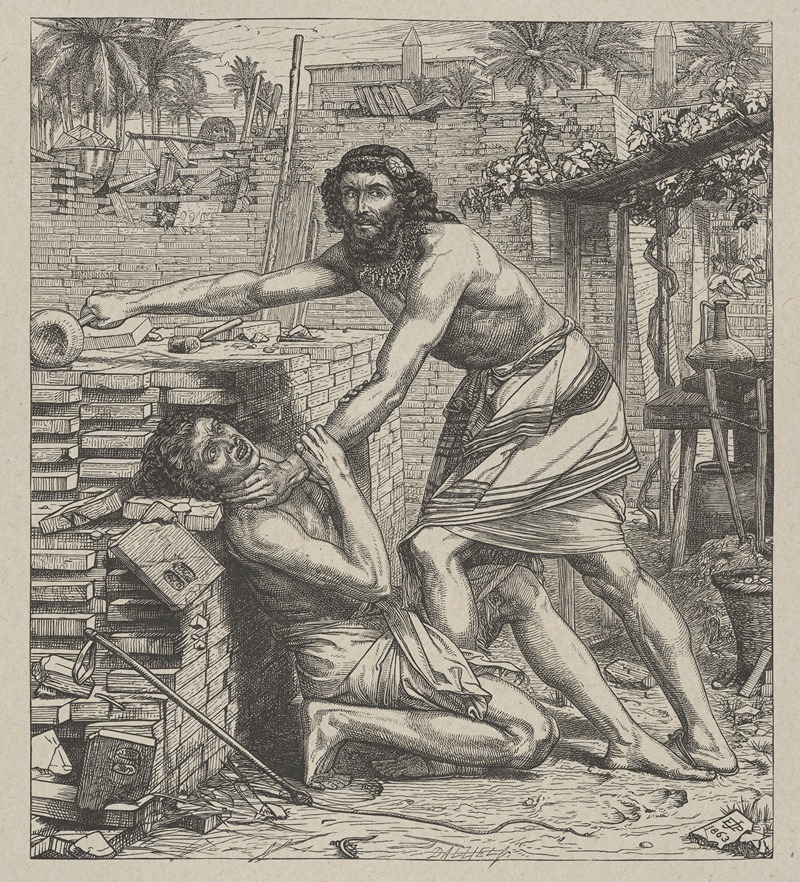
Moses Slaying the Egyptian
A hand-painted replica of Edward John Poynter’s masterpiece Moses Slaying the Egyptian, meticulously crafted by professional artists to capture the true essence of the original. Each piece is created with museum-quality canvas and rare mineral pigments, carefully painted by experienced artists with delicate brushstrokes and rich, layered colors to perfectly recreate the texture of the original artwork. Unlike machine-printed reproductions, this hand-painted version brings the painting to life, infused with the artist’s emotions and skill in every stroke. Whether for personal collection or home decoration, it instantly elevates the artistic atmosphere of any space.
"Moses Slaying the Egyptian" is a painting by the British artist Sir Edward John Poynter, created in 1867. Poynter was a prominent figure in the Victorian art scene, known for his historical and classical subjects, and he later became the President of the Royal Academy of Arts.
The painting depicts a dramatic and pivotal moment from the biblical story of Moses, as recounted in the Book of Exodus. In this scene, Moses, who was raised as an Egyptian prince, witnesses an Egyptian taskmaster brutally beating a Hebrew slave. Overcome with anger and a sense of justice, Moses intervenes and kills the Egyptian, an act that ultimately leads to his flight from Egypt and sets the stage for his future role as the leader of the Israelites.
Poynter's work captures the intensity and emotion of this moment. The composition is carefully constructed to highlight the physical struggle between Moses and the Egyptian. Moses is shown in a powerful stance, his muscles tensed and his expression resolute, while the Egyptian, caught off guard, is depicted in a moment of vulnerability. The background features elements typical of ancient Egyptian architecture and landscape, grounding the scene in its historical and geographical context.
The painting is notable for its attention to detail and historical accuracy, reflecting Poynter's dedication to research and authenticity. He was known to study ancient artifacts and texts to ensure the accuracy of his depictions. This commitment to detail is evident in the clothing, accessories, and setting of the painting, which are rendered with meticulous care.
"Moses Slaying the Egyptian" was well-received at the time of its unveiling and contributed to Poynter's reputation as a leading artist of his era. The painting exemplifies the Victorian fascination with biblical and historical themes, as well as the era's emphasis on moral and heroic narratives.
Today, the painting is part of the collection at the Art Gallery of New South Wales in Sydney, Australia. It remains an important example of Poynter's work and a significant piece of 19th-century British art. The painting continues to be appreciated for its dramatic portrayal of a key biblical event and its reflection of Victorian artistic values.
In summary, "Moses Slaying the Egyptian" by Edward John Poynter is a masterful representation of a crucial moment from the Bible, characterized by its historical accuracy, detailed execution, and emotional intensity. It stands as a testament to Poynter's skill and his contribution to the art of his time.





